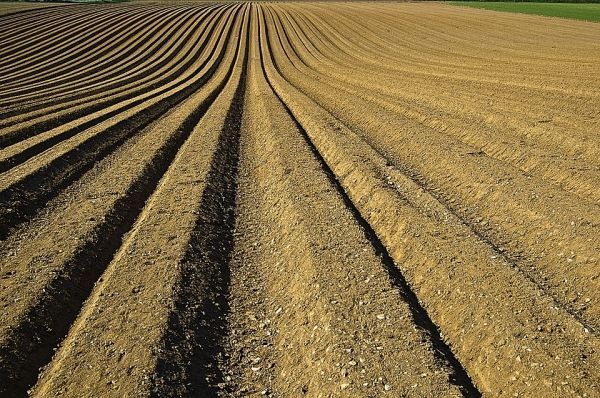In 2007, an increase in world food prices led to a global rush for land in the form of land grabs or large-scale land acquisitions. Over the last two decades, such acquisitions have resulted in millions of hectares of land changing hands in developing nations. Although such changeover can increase the cultivation of crops needed to feed the world’s growing population and spark new agricultural practices and technologies, it can also lead to environmental degradation, increased carbon emissions and threats to the livelihoods of smallholder farmers.
The socioeconomic and environmental consequences of such large-scale land acquisitions have been studied, but the effect of land grabs on carbon emissions has not, at least until now.
In a new study, "Carbon emissions from the global land rush and potential mitigation," published in the journal Nature Food, researchers looked at what drives large-scale land acquisitions and how the implementation of large-scale land acquisitions for agricultural development affects carbon emissions, and in turn, climate change.
“Overall, the findings suggest there is a cost-effective way to produce more food while minimizing carbon emissions from this process," said Chuan Liao, assistant professor in ASU’s School of Sustainability and lead author of the study.
Read more at Arizona State University
Photo Credit: Free-Photos via Pixabay


